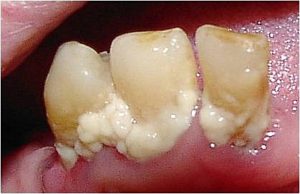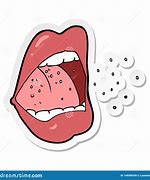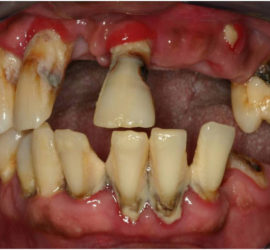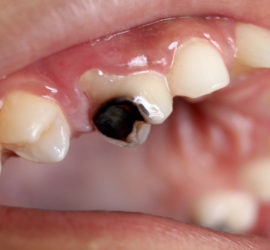Motivation to Help Patients With Dental Care | Why I Started THE Aisle
Why dental products exist?
Dental products exist to keep the plaque, gum infection, and decay at bay. The purpose and the goal of cleaning the teeth is to remove as much plaque as possible. Accumulated plaque can promote gingivitis, decay, and tooth sensitivity. If gingivitis is not reversed it eventually turns into periodontal disease—which is tissue and bone loss, and contributes to tooth casualties. The ideal is to remove the plaque when it’s plaque—when it’s soft and fuzzy. That slimy film that has accumulated over night, that your tongue initially feels when you wake up in the morning, needs to be deleted daily. When plaque sticks around for a while, it hardens (calcifies) it’s then called tarter/calculus, and at that point it needs to be scaled.

The variety of dental products help with mechanically removing the plaque. To keep the plaque minimized, it will need daily attention. That’s where these products come into action. To rub off the plaque, several products can be used. With the most common and traditional, being a toothbrush reaching 60% of the tooth surface and floss reaching the other 40% of tooth surfaces. If braces, crowns, implants, fillings, bridges, dentures, and retainers are involved simply brushing and flossing may not achieve optimal plaque elimination. Other adjunctive tools may be needed for physical disabilities such as strokes, Parkinson’s, multiple sclerosis, dexterity issues, arthritis, a small mouth or just having big hands. These conditions aren’t compatible with flossing, but that’s ok, because there are other options and that’s where I hope to brighten that light. Your dental care habits and oral home care for 365 days is more conducive to the two, three or four hours you annually spend in a dental chair.







